The Compact Airborne NO2 Experiment (CANOE) is an in situ analyzer developed at Goddard Space Flight Center (GSFC). It uses non-resonant laser-induced fluorescence (LIF) to measure nitrogen dioxide (NO2) throughout the troposphere and lower stratosphere. A 532 nm laser detects the fluorescence from NO2 molecules to determine the concentration. CANOE provides measurements at a rate of 1 Hz.
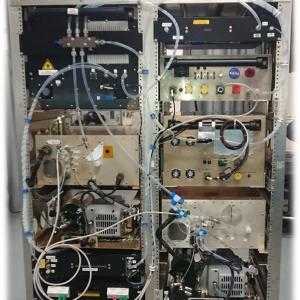
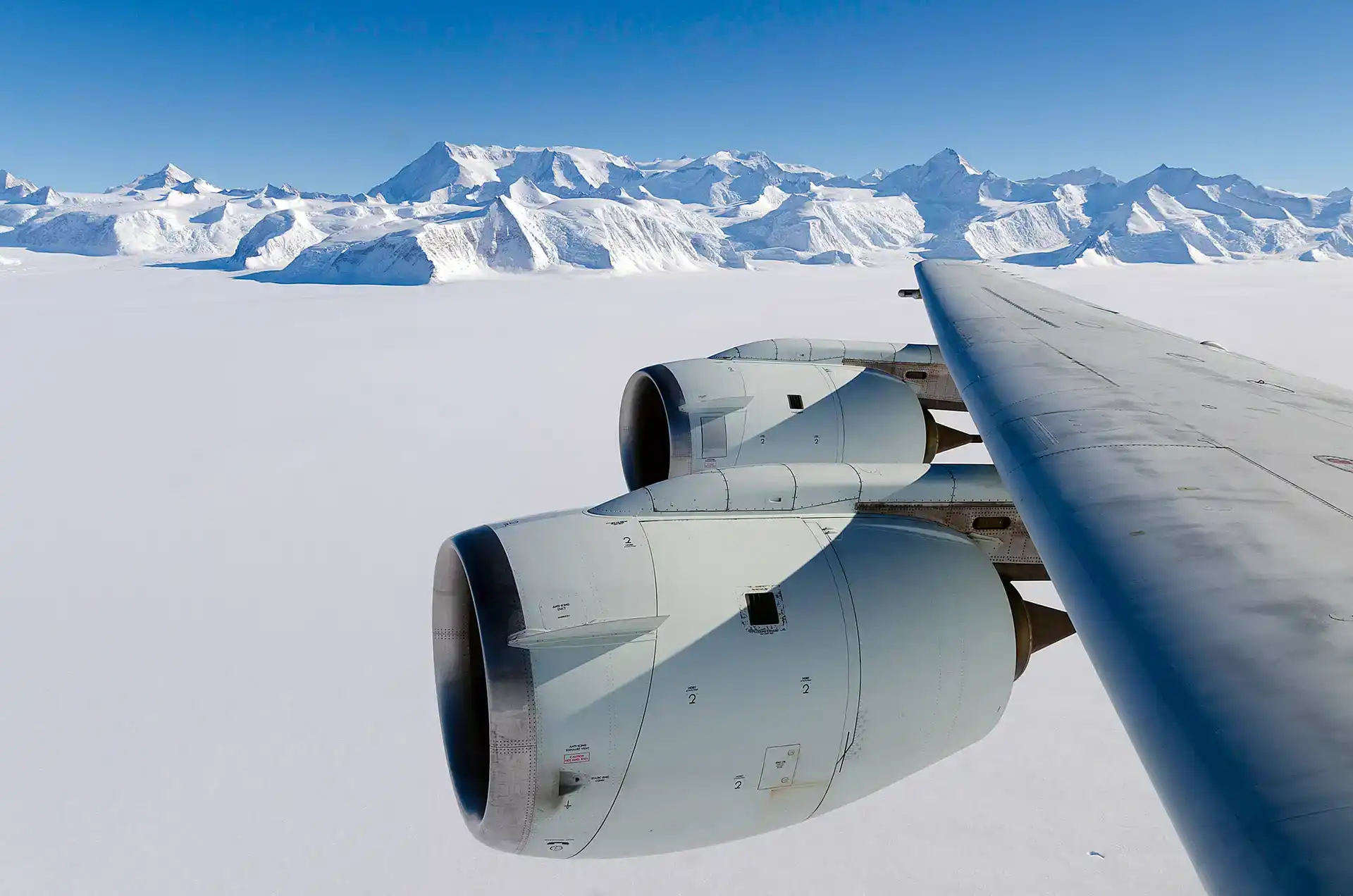
Instrument Details
- Meter/Analyzer
- Earth Science > Atmosphere > Atmospheric Chemistry > Nitrogen Compounds > Nitrogen DioxideEarth Science > Atmosphere > Atmospheric Chemistry
- Lower Stratosphere, Troposphere
- 1 Hz
- Point
- 563.5
- Currently unavailble
Jason St. Clair, Thomas Hanisco
Jason St. Clair
GSFC
Currently unavailable
Currently unavailable
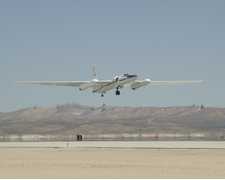 NASA Earth Resources-2 Aircraft 63 Campaigns · 109 Instruments |  Dynamics and Chemistry of the Summer Stratosphere 2021—2022 Central United States 3 Deployments · 5 Data Products
| ||||||||||||||||||||||||||||||||||||||||||||||||
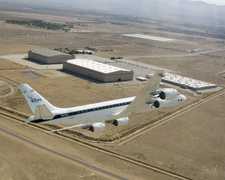 Douglas DC-8 45 Campaigns · 182 Instruments |  Fire Influence on Regional to Global Environments and Air Quality 2019 Northwestern and Southeastern US 1 Deployment · 27 Data Products
 Airborne and Satellite Investigation of Asian Air Quality 2024 East and Southeast Asia, Philippines, South Korea, Thailand 1 Deployment · 8 Data Products
 Student Airborne Research Program 2009—2026 Southern California, Virginia Ongoing 19 Deployments · 25 Data Products
| ||||||||||||||||||||||||||||||||||||||||||||||||
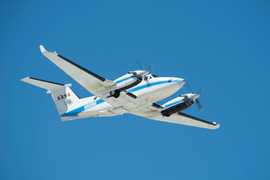 Beechcraft B-200 King Air 38 Campaigns · 84 Instruments |  Student Airborne Research Program 2009—2026 Southern California, Virginia Ongoing 19 Deployments · 25 Data Products
|
Filter data products from this instrument by specific campaigns, platforms, or formats.